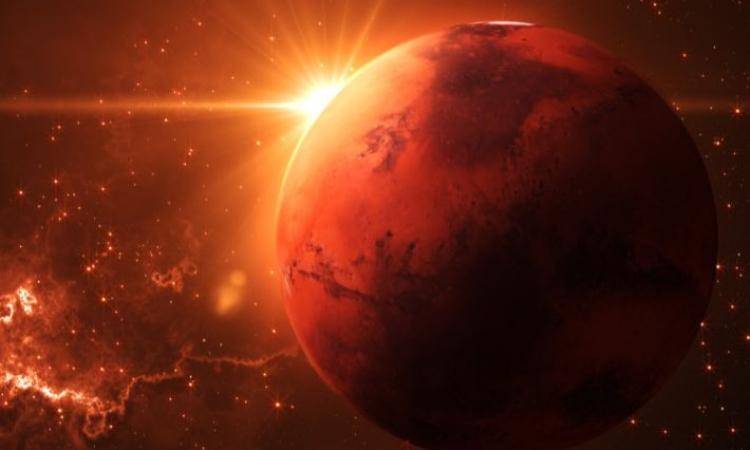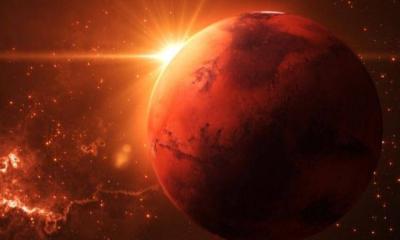Mars disappeared from the Earth's sky on Saturday, November 18, in a unique astronomical phenomenon that will last for two weeks. While this disappearance may seem dramatic, it is actually not alarming, as it is the result of a scientific occurrence known as "conjunction," during which the sun blocks Mars and Earth from seeing each other.
According to In the Sky, both Mars and the sun will be in the constellation of Libra. The red planet will be unobservable for several weeks as it is obscured by the glare of our star. During the solar conjunction, which occurs every two Earth years, the third and fourth planets from the sun (Earth and Mars, respectively) will be at their farthest distance from each other. Typically, the distance between Mars and Earth is about 140 million miles (225 million kilometers). During the solar conjunction, Earth and Mars will be separated by approximately 235 million miles, more than two and a half times the average distance between our planet and the sun.
In the coming months, Mars will emerge from behind the sun and will be visible for longer periods in the sky before dawn. In about a year, it will reach the point of "opposition," at which time Mars will be visible for most of the night across the Earth.
During the solar conjunction, scientists on Earth will lose contact with automated Mars missions. Rovers will cease operations, and the "Ingenuity" helicopter will be grounded, with spacecraft not sending data back to Earth. This is done to prevent the possibility of charged particles from the sun interfering with robotic or spacecraft operations and possibly losing some information.
A statement from NASA noted: "NASA will delay sending commands to its Mars fleet for two weeks, from November 11 to November 25, while Earth and the red planet are on opposite sides of the sun. This phenomenon is called the solar conjunction of Mars, which occurs every two years. The missions are paused temporarily because the hot ionized gas emitted from the sun's corona can disrupt the radio signals sent from Earth to NASA’s Mars spacecraft, leading to unpredictable behavior."
Although signals to Mars were halted on Saturday, November 11, this does not mean a break for Mars missions, which will continue gathering data about surface conditions, weather, and sand movement across the red planet.




